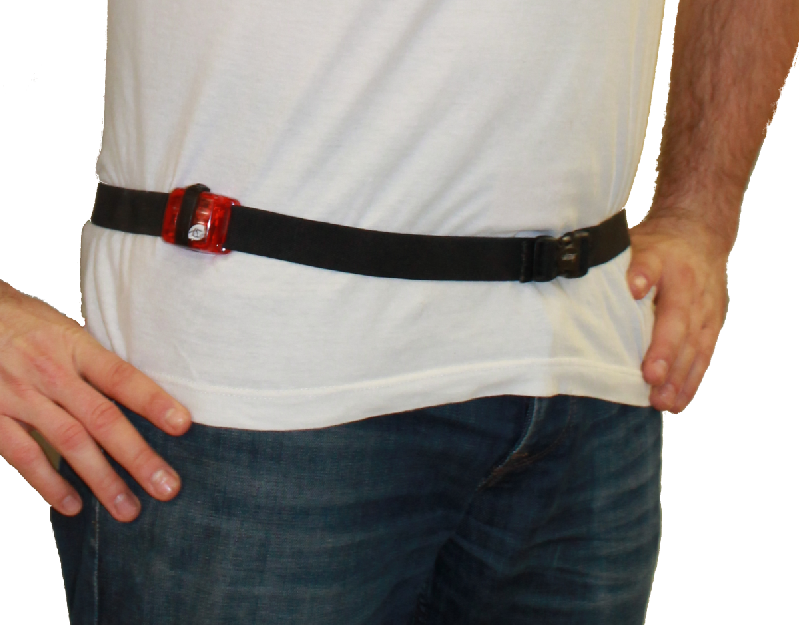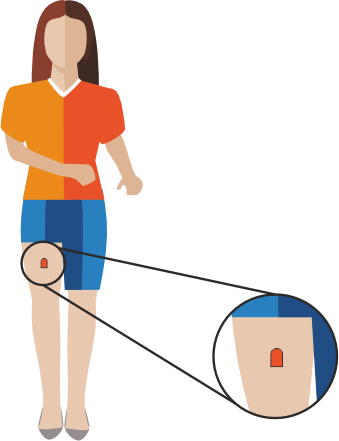Assessment of physical activity
Physical Activity Questionnaire
 |
The MoMo Physical Activity Questionnaire1 records general physical activity in the past week or in a normal week, as well as everyday activities, club sports, recreational sports outside the club, and physical-sport activities in age-specific settings (school, kindergarten, workplace). For each of these activity areas, duration and frequency are asked. In addition, for sports activities (school sports, club sports, and recreational sports), the perceived intensity and seasonality are also recorded. |
In the case of club sports and recreational sports outside of clubs, the corresponding types of sports and participation in competitions are also queried. The questionnaire serves to record the usual physical activity without referring to a specific past reference period. It also records the amount of time participants spend on media consumption.
Additional questions are used to assess factors influencing physical activity. These include:
- the home and neighbourhood environment,
- social support,
- physical self-concept,
- enjoyment of movement,
- perception of stress and stress symptoms,
- subjective well-being and
- strengths and difficulties.
Currently, three versions are distinguished: kindergarten children, school children/adolescents and adults. The content varies depending on the version. Participants fill out the questionnaire independently. Younger children complete it with the assistance of their legal guardians through an interview process.
1Schmidt, S. C. E., Will, N., Henn, A., Reimers, A., & Woll, A. (2016). Der Motorik-Modul Aktivitätsfragebogen MoMo-AFB : Leitfaden zur Anwendung und Auswertung. https://doi.org/10.5445/IR/1000062199
Accelerometer (2017-2022)
 |
Accelerometers (acceleration sensors) measure the acceleration occurring by means of a sensor worn on the hip. The devices can be used to objectively create an activity profile of the participants. The accelerometers are worn by the participants for seven days, they require no operation and can be used in almost all situations.
Burchartz, A., Manz, K., Anedda, B., Niessner, C., Oriwol, D., Schmidt, S. C. E., & Woll, A. (2020). Measurement of Physical Activity and Sedentary Behavior by Accelerometry Among a Nationwide Sample from the KiGGS and MoMo Study: Study Protocol. JMIR Research Protocols, 9(7), e14370. https://doi.org/10.2196/14370 |
Accelerometer (MoMo 2.0)
 |
Following current concepts for activity recording (WHO 2020; Tremblay et al., 2017; Burchartz et al., 2020), new content-related aspects such as the differentiated recording of physical inactivity (sedentary behavior, sleep) as well as new technological developments are included. Instead of the previous ActiGraph accelerometers, which only logged the waking hours of the day, ActivPAL accelerometers are now attached to the thigh and allow 24/7 recording. |

